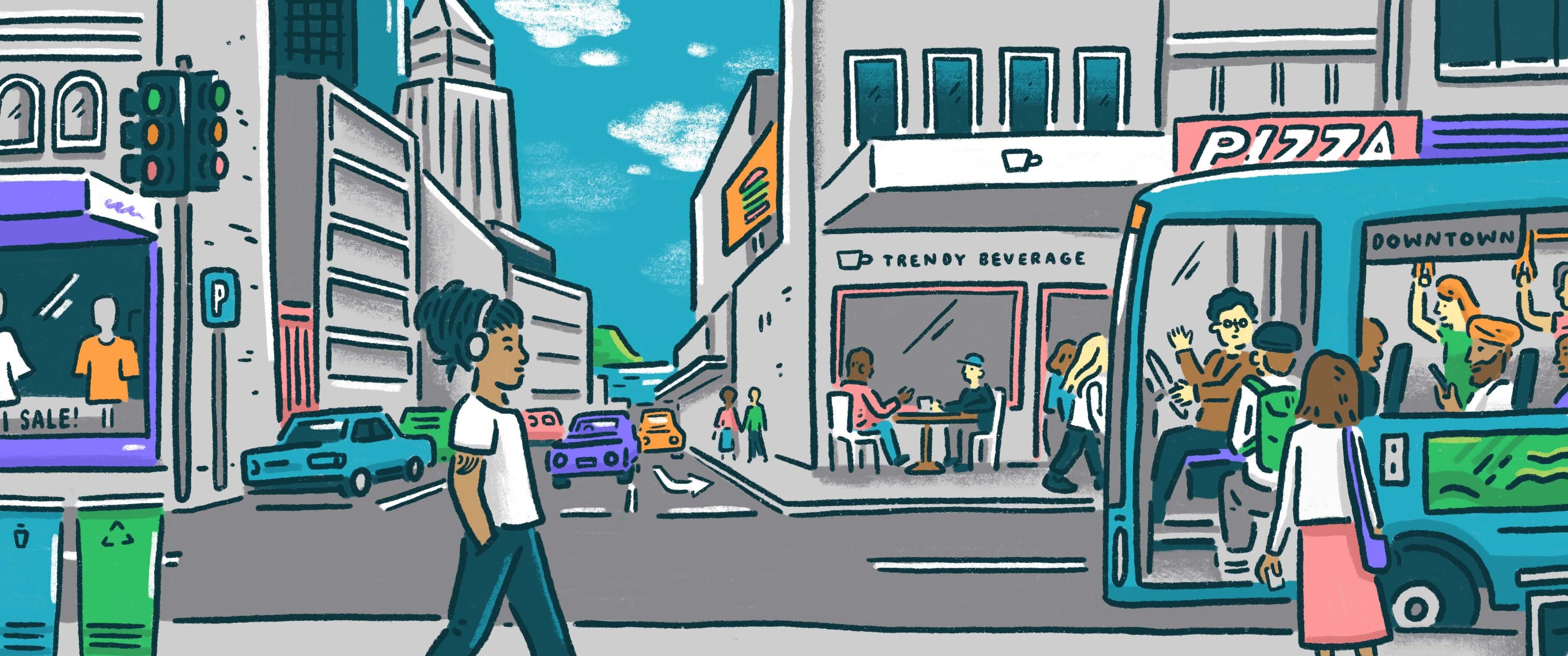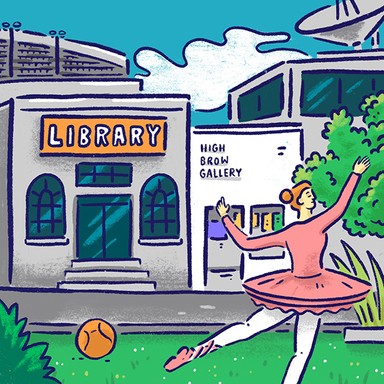
Hamilton City Council

Rates and revenue
The work of local government is funded mainly by property taxes in the local area, known as rates. This makes up around 60% of council expenditure, with the rest coming from user charges, investment income, regulatory fees and roading subsidies. Councils can also borrow money to spread the cost of large investments such as infrastructure over a longer period of time.

Rates and revenue
The work of local government is funded mainly by property taxes in the local area, known as rates. This makes up around 60% of council expenditure, with the rest coming from user charges, investment income, regulatory fees and roading subsidies. Councils can also borrow money to spread the cost of large investments such as infrastructure over a longer period of time.
Reduce council debt by balancing the need for new projects with keeping out of debt by open transparency of the books with public audits.
Business owners are saying council creates a fake economy putting up rates. Rates should be for core services distributing the money rightly.
Financial management involves an open book policy with no secret agendas. Spending money on huge projects and huge salaries is not on or wise.
Create an accountability group to manage council decision-making.
Promote long term and strategic thinking when it comes to spending.
Ensure that the financial management of the city stays transparent to the community it serves.
Prioritise reducing the debt to revenue ratio in the long term.
Strive to manage rate increases to Consumer Price Index (CPI).
Reduce projected debt from $1B to $500M or less.
Ensure that public presented financial reports are appropriate for community consumption, with risks clearly stated.
Reign in debt by stopping spending on vanity projects like the $36 million bridge. Review planned major projects to determine whether needs/wants.
Stop 100% remission of development contributions for six storey builds (50% for < 6) in CBD. Ratepayers shouldn't subsidise developer profit.
Conduct a top to bottom efficiency review of council services and operations to streamline activities while identifying any potential savings.
Reduce the cap on council debt.
Maintain the city endowment fund for council investments.
Subsidise fees and charges where outcomes are seen to be beneficial to all rate payers.
Ensure central government invests in our city infrastructure and this will reduce the cost to ratepayers.
Lobby government to look at how taxes can be re-structured to support councils to reduce the reliance on ratepayers as the main income source.
Make sensible spending decisions with ratepayers' money.
Hold rate increases to within Long Term Plan provisions and promises.
Explore a targeted rate to provide for a climate change action plan.
Use debt to pay for inter-generational assets like roads, future parks/playgrounds and community facilities.
Understand what the financial positioning of present projects and future projects are and how cost effective they are.
Review future planning to ensure the longevity and sustainability of new developments, plans, and initiatives.
Push collaboration with central government to support our growing city (infrastructure).
Pause council spending on non essentials recognising that in the current economic climate council needs to tighten its belt too.
Reduce borrowing. Interest rates rise increases will swallow up more and more of council's revenue.
Review fees and charges, many of which seem exorbitant to the man in the street and add thousands of dollars to new builds and renovations.
Reduce development contributions for urban intensification that protect trees and provide green spaces without increasing housing costs.
Support financial arrangements for water infrastructure that reduce council debt and cost to ratepayers.
Prioritise investments that reduce emissions and improve resilience and wellbeing to achieve long-term financial sustainability.
Ensure council assets and are adequately maintained to prevent unexpected failure such as with Founders Theatre or the Municipal Pools.
Assess whether expansions and developments are cost effective, ie are they increasing deficit overall.
Investigate ways to reduce debt ratio, that has been increasing in recent years, so that this unsustainable trend doesn't continue.
Reduce council debt by balancing the need for new projects with keeping out of debt by open transparency of the books with public audits.
Business owners are saying council creates a fake economy putting up rates. Rates should be for core services distributing the money rightly.
Financial management involves an open book policy with no secret agendas. Spending money on huge projects and huge salaries is not on or wise.
Create an accountability group to manage council decision-making.
Promote long term and strategic thinking when it comes to spending.
Ensure that the financial management of the city stays transparent to the community it serves.
Prioritise reducing the debt to revenue ratio in the long term.
Strive to manage rate increases to Consumer Price Index (CPI).
Reduce projected debt from $1B to $500M or less.
Ensure that public presented financial reports are appropriate for community consumption, with risks clearly stated.
Reign in debt by stopping spending on vanity projects like the $36 million bridge. Review planned major projects to determine whether needs/wants.
Stop 100% remission of development contributions for six storey builds (50% for < 6) in CBD. Ratepayers shouldn't subsidise developer profit.
Conduct a top to bottom efficiency review of council services and operations to streamline activities while identifying any potential savings.
Reduce the cap on council debt.
Maintain the city endowment fund for council investments.
Subsidise fees and charges where outcomes are seen to be beneficial to all rate payers.
Ensure central government invests in our city infrastructure and this will reduce the cost to ratepayers.
Lobby government to look at how taxes can be re-structured to support councils to reduce the reliance on ratepayers as the main income source.
Make sensible spending decisions with ratepayers' money.
Hold rate increases to within Long Term Plan provisions and promises.
Explore a targeted rate to provide for a climate change action plan.
Use debt to pay for inter-generational assets like roads, future parks/playgrounds and community facilities.
Understand what the financial positioning of present projects and future projects are and how cost effective they are.
Review future planning to ensure the longevity and sustainability of new developments, plans, and initiatives.
Push collaboration with central government to support our growing city (infrastructure).
Pause council spending on non essentials recognising that in the current economic climate council needs to tighten its belt too.
Reduce borrowing. Interest rates rise increases will swallow up more and more of council's revenue.
Review fees and charges, many of which seem exorbitant to the man in the street and add thousands of dollars to new builds and renovations.
Reduce development contributions for urban intensification that protect trees and provide green spaces without increasing housing costs.
Support financial arrangements for water infrastructure that reduce council debt and cost to ratepayers.
Prioritise investments that reduce emissions and improve resilience and wellbeing to achieve long-term financial sustainability.
Ensure council assets and are adequately maintained to prevent unexpected failure such as with Founders Theatre or the Municipal Pools.
Assess whether expansions and developments are cost effective, ie are they increasing deficit overall.
Investigate ways to reduce debt ratio, that has been increasing in recent years, so that this unsustainable trend doesn't continue.
Mayor
Compare the mayoral candidates in your area
Local council
Compare the candidates for your city or district council
Regional council
Compare the candidates for your regional council
Local board
Compare the candidates for your local or community board







